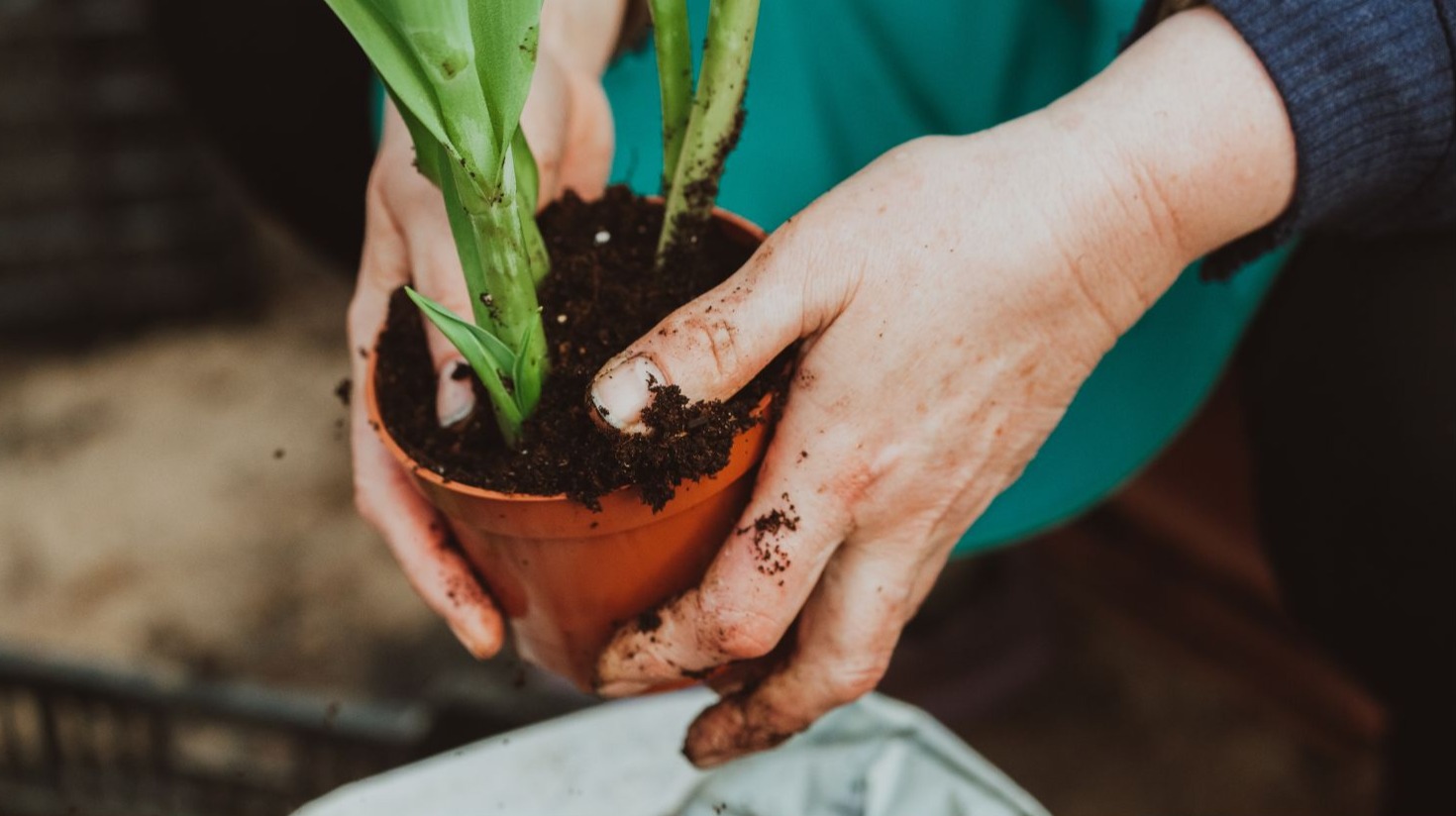Top tips for achieving the perfect garden makeover

If you're thinking about landscaping your garden or about to embark on a garden makeover, it’s tempting to head to the nearest nursery and buy plants impulsively. But like most things, success lies in the planning.
If you really want to ensure a successful result, there are a few things you need to consider up front. Here are our top tips to ensure you get the best from your garden makeover.
Make a map!
Start by making a map of the site, marking out north, so you can identify where to locate different features. Understanding where north is will influence your sun and shade requirements for planting and will enable you make a plan that’s best suited to the characteristics of your site. Also take time to observe the movement of the sun during the course of day. Knowing which parts of the garden are mostly in sun or shade will help with plant selection. For example, you’ll have difficulty growing fruit trees in a south-facing garden, while west-facing spots need plants that are more heat tolerant. Understanding the aspect is also useful for planning seating areas or entertaining zones.
When you’re scoping the site, check if screening is required to block out neighbouring properties or any unsightly views, and if there are any problem areas that need to be addressed, like waterlogged soil or sloping areas.
Once you’ve got these basics down, you're then ready to start drawing the layout for the garden. Think about what you’re hoping to achieve: How does your garden need to function and what do you need to make that happen? Are you after a specific look or style to match your home? How much maintenance will your garden need or receive? And, of course, what’s your budget?
Get down and dirty.
Next up. it’s important to ensure your soil is in good condition before planting. If it’s compacted or drains poorly, most plants will struggle. While importing garden soil is a solution, it can be costly. Other options for improving soil structure include adding compost and organic matter, opting for plants that are better suited to poor conditions, or planting in raised garden beds or pots.
Plant selection
Once you’ve worked out the aspect, soil and sun movement microclimates in your garden, you’re now ready to select your plants. You need to make sure you're choosing the right ones and there are numerous resources available to help you. Which Plant Where is a free online service that provides information about what plants are suitable for your locality, but it's also worth looking at online nurseries and/or seeking advice from your local garden centre.
What to include will also be determined by how you plan to use your garden. For example, you may really want to grow lots of plants and have wide borders. Or you may want a huge entertaining space with a fully-fledged outdoor kitchen. Pinterest is a great source of ideas and inspiration, as are gardening books and magazines.
Need a hand?
If you’re still lacking confidence or feel out of your depth, then a professional landscape designer can also help bring your vision to life. The cost will vary depending on the experience and profile of the designer, but the value they can provide is significant in terms of optimising the look and functionality of your design.
And remember…
If you don’t happen to get the garden quite right the first time, there’s no harm in making changes! Gardens, just like people, can change and adapt, and after all....that’s part of the joy of gardening! As any Greenthumb will tell you, a garden is never truly finished!
